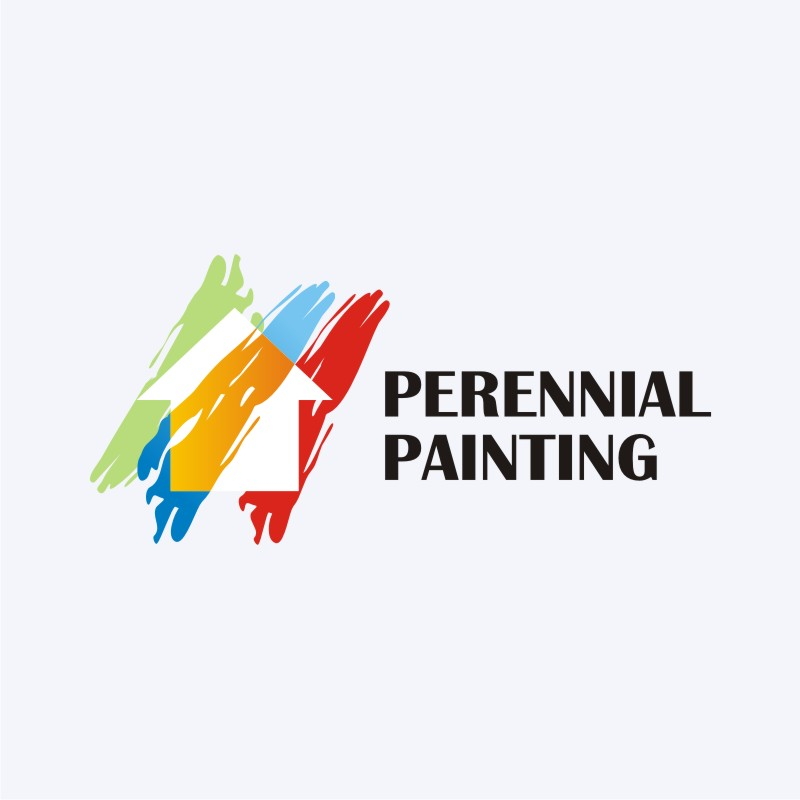Get Your Wall Surfaces Ready For Painting By Following Crucial Tips And Methods That Ensure An Ideal Coating-- Uncover The Important Actions To Improve Your Task
Get Your Wall Surfaces Ready For Painting By Following Crucial Tips And Methods That Ensure An Ideal Coating-- Uncover The Important Actions To Improve Your Task
Blog Article
Authored By-Soelberg Bland
When you're prepping your walls for painting, it's critical to comply with a methodical process to ensure a perfect coating. Start by checking out the wall surface for any damage; this step can make or damage your task. When you have actually recognized any kind of problems, cleansing the surface properly is vital, as a dirty wall surface can impact paint bond. After that, you'll require to patch any kind of imperfections and apply a guide. But there specify methods and tips that can raise your preparation game-- allow's explore those more to achieve the best results.
Assessing Wall Problem
Prior to you get your paintbrush, take a moment to examine your wall surfaces' condition. Check for any type of noticeable damage like fractures, openings, or peeling off paint. These imperfections can affect exactly how the paint adheres and looks as soon as it's completely dry. If you observe any kind of substantial damage, you'll need to prioritize fixings before diving right into paint.
Look carefully at the texture of your wall surfaces. Is the surface area smooth, or is there texture that might call for special consideration? Smooth wall surfaces generally call for much less preparation, while textured surfaces might require even more time to repaint evenly.
Additionally, think about the previous paint job. If the old paint is glossy, it mightn't enable new paint to stick appropriately. You'll would like to know if your walls have been repainted with oil-based or water-based paint, as this can affect your option of primer or paint.
Lastly, take note of any type of dampness concerns. If you see indications of water damage or mold and mildew, address these issues quickly to avoid more complications.
Cleansing the Surface area
Once you have actually assessed the condition of your wall surfaces, the next action is cleaning the surface. Start by gathering your supplies: a container, cozy water, a mild cleaning agent, a sponge or fabric, and a scrub brush for tougher areas.
Begin on top corner of the wall and function your method down. Mix the detergent with warm water in your bucket, after that dip the sponge or fabric into the remedy. Wring it out to prevent extreme wetness on the wall surfaces.
As you cleanse, pay very close attention to locations that might've accumulated dust, grease, or finger prints. For stubborn stains, make use of the scrub brush gently to avoid harming the paint underneath. Wash experienced commercial painters or fabric frequently in clean water to prevent spreading dust around.
After cleaning, it's vital to wipe the wall surfaces with a damp fabric to get rid of any kind of soap deposit. This action ensures a smooth surface area for the brand-new paint to stick to.
Allow the wall surfaces to dry completely prior to carrying on to the next prep work steps. This extensive cleaning process will certainly help develop a fresh canvas for your painting project, making certain the very best results.
Patching and Priming
Patching and priming are essential steps in preparing your wall surfaces for a fresh layer of paint. First, check your wall surfaces for any holes, splits, or flaws. Utilize a top quality spackling compound or patching paste to load these areas.
Apply the substance with a putty blade, smoothing it out so it's flush with the bordering surface area. Allow it to dry completely, and after that sand it gently until it's smooth and even.
As soon as you've patched everything, it's time to prime. Guide aids seal the patched locations, making sure the paint adheres properly and supplies a consistent surface. Pick a primer suitable for your wall surface kind and the paint you'll be utilizing.
Apply the primer using a roller for larger locations and a brush for edges and sides. If your patched areas are considerably large or permeable, you might wish to apply a second coat of guide after the first one dries out.
After priming, allowed whatever completely dry extensively before moving on to painting. This preparation will not only improve the appearance of your walls however likewise lengthen the life of your paint job.
Take your time, and you'll be pleased with the outcomes.
see this site
By complying with these basic actions, you can accomplish a smooth and professional coating on your wall surfaces. Beginning by assessing their condition, after that tidy and patch any type of imperfections prior to using guide. Remember to permit appropriate drying time and ensure every little thing is smooth before you dive into paint. With the right prep work, you'll set the stage for a gorgeous makeover in your area. Now, collect your supplies, inhale the fresh air, and prepare to paint!
